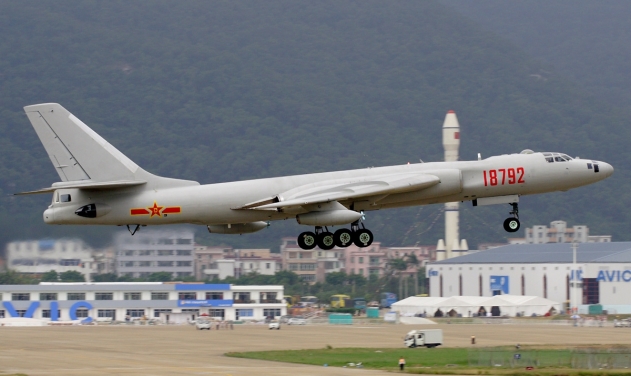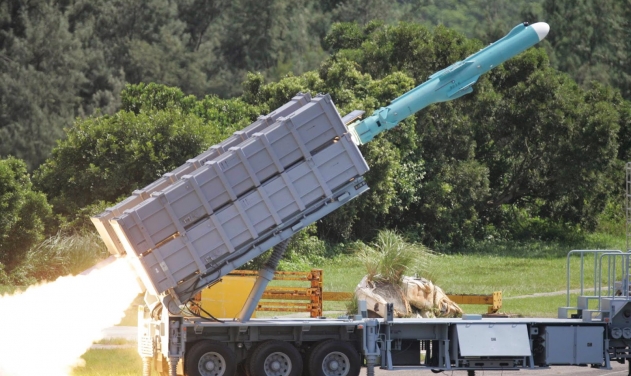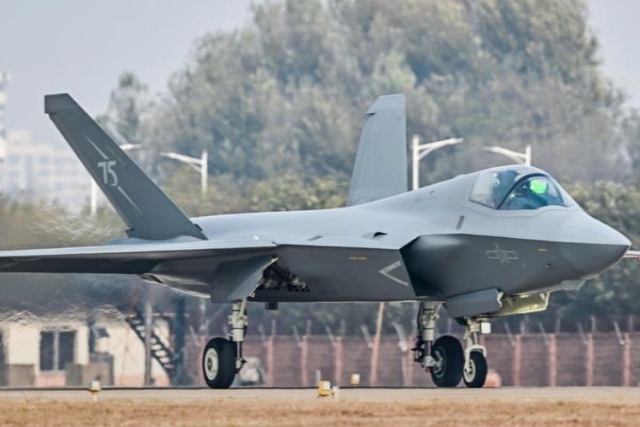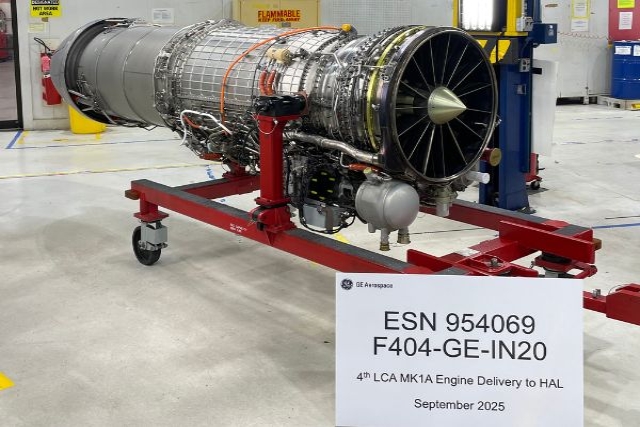Taiwan To Field New Radar Systems To Tackle Chinese Fighter Jets
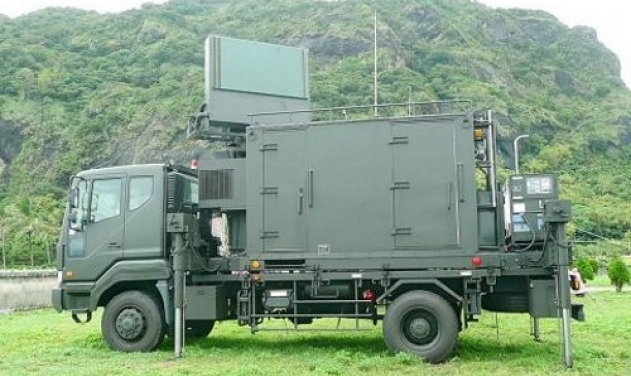
Taiwan will test mobile passive radar units this year to detect growing flight operations by China around the island.
Two sets of mobile passive radar systems by National Chung-Shan Institute of Science and Technology (NCSIST) are going to be deployed for field testing at some point this year, a Ministry of National Defense official told Liberty Times Monday. They are slated to being full-scale production in 2020.
The announcement comes after China’s new Sukhoi Su-35S for the first time carried out a long-range patrol over the Bashi channel and around the island of Taiwan on May 11.
According to the report, Taiwan's military is planning to use a combination of both active and passive radar systems. Taiwan's upgraded F-16Vs would handle active radar detection of China's stealth warplanes, while the new mobile units would handle passive radar detection of incoming stealth jets.
According to the NCSIST's website, the new radar system makes use of multi-angle target detection to enhance the early warning capabilities of Taiwan's defenses. As the mobile units would be linked remotely to active phased array radar systems, they would be able to "amplify" the cross sectional area of unidentified aircraft and lock-on to them, Taiwan News reports.
In addition, because the systems do not emit radiative signals, they are less vulnerable to electronic jamming and anti-radiation missile attacks.
